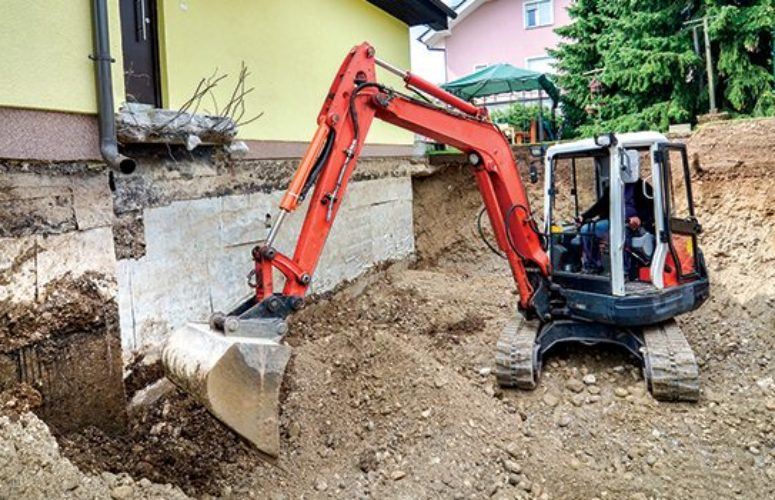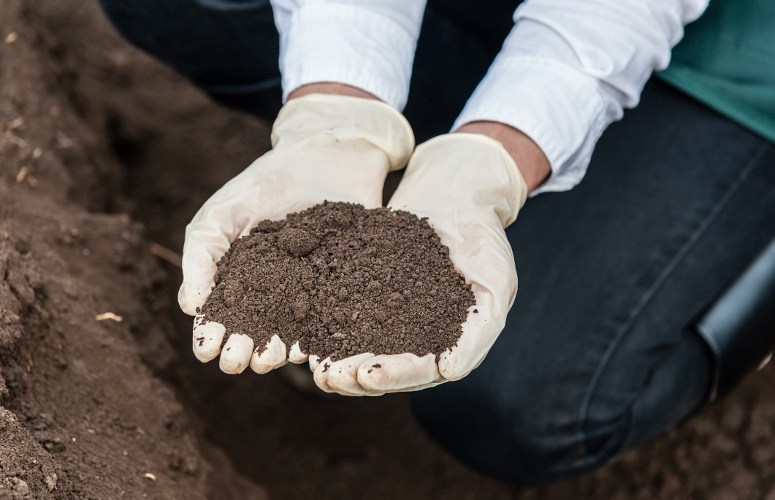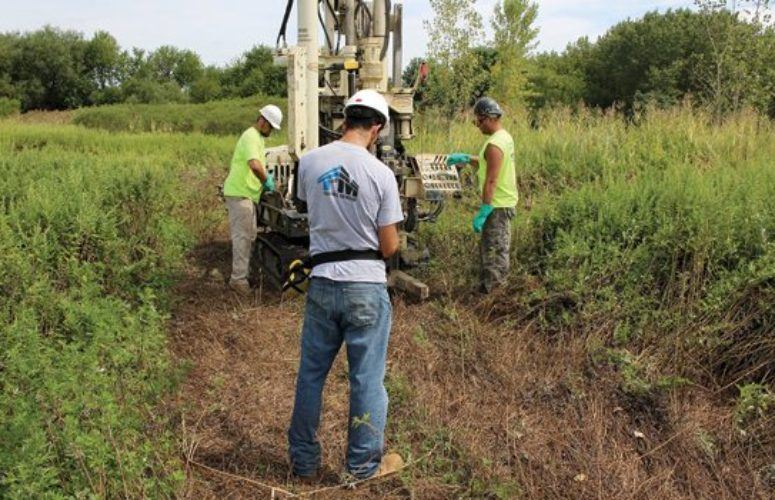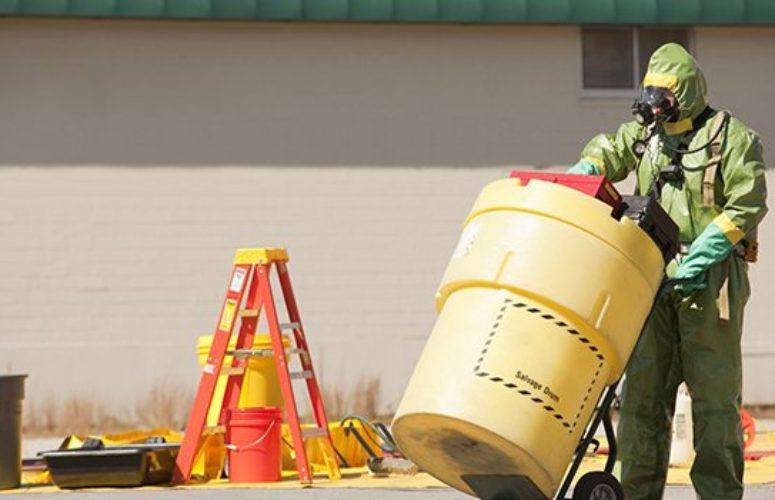
‘Hidden’ Costs of Restricted Use Response Action Outcomes
By Rick Shoyer, LSRP, Advanced GeoServices Corp. On Feb 26, 2016In New Jersey, property owners can easily overpay for environmental remediation at their sites if they are not familiar with the long-term costs of remediation using a Restricted Use-Response Action Outcome (RAO). These long-term costs include permits, annual fees, maintenance, inspections and perpetual reporting requirements. RAOs are issued by a Licensed Site Remediation Professional (LSRP) to “close” an environmental case. An RAO can be issued for an entire site or a specific area of concern. There are three types of RAOs LSRPs can issue:
- Unrestricted – An unrestricted RAO means you have met all applicable remediation standards and the environmental case is closed.
- Limited – A limited restricted use RAO leaves contaminants on-site, above applicable standards, but for a limited timeframe.
- Restricted Use – A restricted use RAO addresses contaminants that will remain on-site indefinitely. Human health and the environment are protected via institutional controls (e.g., deed notice) and engineering controls (e.g., cap).
Both the limited restricted and restricted use RAOs require permits for soil and/or groundwater.
The restricted use RAO usually has the lowest initial costs. For this reason, it is often initially favored by persons responsible for conducting remediation (PRCRs) and/or developers that plan to “flip” a property to gravitate to this alternative to reduce upfront costs. Developers often are in positions of making final decisions regarding property controls on behalf of current and/or future property owners. Unfortunately, many owners do not understand all the long-term costs of this type of remedial approach.
The generalized requirements for using restricted use RAOs is to:
- Record the deed notice with the county and/or submit the Classification Exception Area (CEA) to the New Jersey Department of Environmental Protection (NJDEP) with the appropriate soil and/or groundwater permit fees. Currently, these are $940 for soils and $1,250 for groundwater.
- Establish a remediation funding source (RFS) per NJAC 7:26C-5 et seq. using NJDEP acceptable funding sources. The RFS amount is calculated for the remediation, including the estimated cost to operate, maintain and inspect engineering controls, as well as NJDEP’s fees and oversight costs for the duration of the remediation for up to 30 years. Restricted use RAOs, by nature, extend indefinitely and therefore these funds will never be drawn upon in order to maintain the 30-year remediation funding. Add on inflation, and the RFS amount will periodically have to be increased. RFS funding estimates for the most basic restricted use RAOs start at $40,000 and climb depending upon 30-year projected maintenance costs of the engineering controls.
The soil and groundwater permits contain requirements for inspections by the LSRP and carry with them annual NJDEP permit fees; these services and fees continue as long as the restricted use RAO is in place. The annual inspections with biennial reporting alone have estimated annual costs ranging from $1,000 to $2,000. The current NJDEP annual fee for these soil and groundwater permits is $165, including both soil and groundwater.
Should the property ownership change, there are transfer permit applications costs and NJDEP fees (currently $415/per soil and groundwater permit). Changes to the remedy carry permit modification application costs and additional NJDEP fees (currently $625 for soil and $940 for groundwater). Permit application termination costs and NJDEP fees (currently $940 for soil and $965 for groundwater) may also apply during the project life cycle.
Perhaps the most expensive and overlooked cost is maintaining the remedy; e.g., a cap, cover, basin and/or fencing. Maintenance costs may include repairing and sealing cracks, areas eroded from stormwater run-off, damage from burrowing animals, mowing and or maintaining vegetation. These will vary with the size and complexity of the remedy and can be significant, potentially exceeding tens of thousands of dollars.
In one case example, a previous limited Phase II investigation had identified metals and polycyclic aromatic hydrocarbons (PAHs) being present in soil at concentrations exceeding residential cleanup standards. A restricted use RAO was selected by the developer on behalf of the PRCR as the closure strategy, with capping. This was done prior to me being retained as the LSRP. Site development was underway that incorporated the building, asphalt and sidewalk surfaces and placing two feet of clean fill over landscaped areas to allow the property to meet the capping requirements. The estimated costs for the 30-year restricted use RAO (from the prior LSRP) were:
- Deed notice filings and soil permit application and fees: $5,000
- Annual NJDEP soil permit fee: $6,150
- LSRP annual inspections & biennial reporting: $45,000
- Cap maintenance: $30,000
- RFS money not available: $40,000
- Estimated 30-year total: $126,150
Was the decision to proceed with a restricted use RAO cost-effective? Further delineation may have limited the areas where exceedances were detected. Working in concert with the site development team, on-site clean soils used for backfill could have been integrated into a cost-effective removal strategy. In hindsight, this work was estimated to cost approximately $30,000 for delineation and $50,000 for remediation. For $80,000, the site could have met an unrestricted RAO verses the estimated $126,150 over the next 30 years to have a restricted RAO. This clean closure approach would likely have mitigated the stigma associated with the site and accompanying potential loss of property value.
Related Articles:






